10 Biggest Lies That Went Down In History

- Hitler assured Chamberlain that he would not start a war if the Sudeten lands were turned over to Germany. A year later he invaded Czechoslovakia and Poland.
- The Soviet Government hid the Chernobyl nuclear incident from the rest of the world in the days following the explosion, claiming the situation was under control.
- US Vice President Dick Cheney's false declaration that “There is no doubt that Saddam Hussein now has weapons of mass destruction
Throughout human history, people have told lies to one another to get what they want. While some lies passed virtually unnoticed, others have shaped history. Lies in politics have been used to near-catastrophic effect. US Senator Hiram Johnson’s once said, “The first casualty when war comes is truth.” (1918). His statement has been echoed many times over the years, and there are several examples below to illustrate it. But wars are not the only motivation for lies. Ana Anderson and Charles Ponzi are examples of those who made their mark on history through their lies told for personal profit.
French Magician In The Conquest Of Algeria
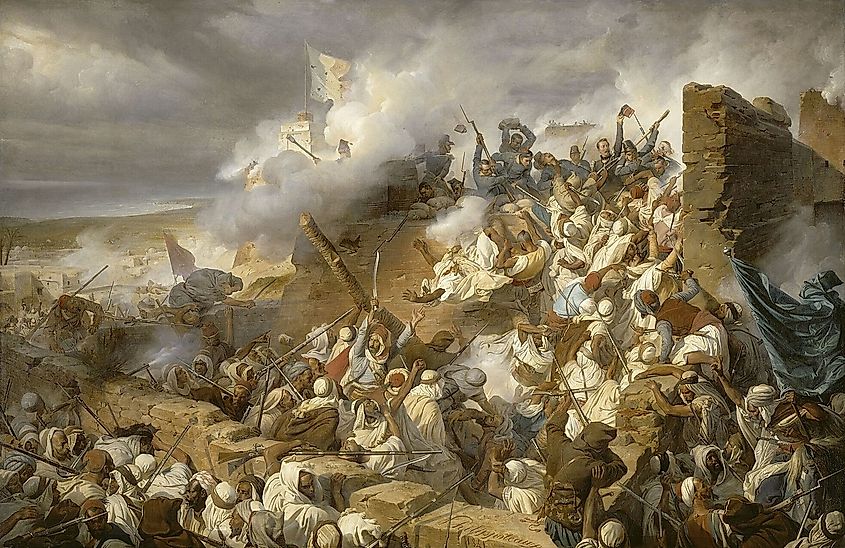
After France invaded Algeria in 1830, they continued to encounter local resistance that threatened their control. Among the Algerian resistance were “Marabouts,” warriors who claimed to have magical powers and who were masters of illusions. To combat the Marabouts, the French government enlisted the aid of magician Jean Eugène Robert Houdin, who performed his own illusions, for instance utilizing electromagnetism to appear to steal the strength of Algerians with his “magic.” Houdin intimidated the Marabouts with his superior “magic,” aiding the French government in solidifying control of the region.
Ana Anderson’s Claim To Be Anastasia Romanov
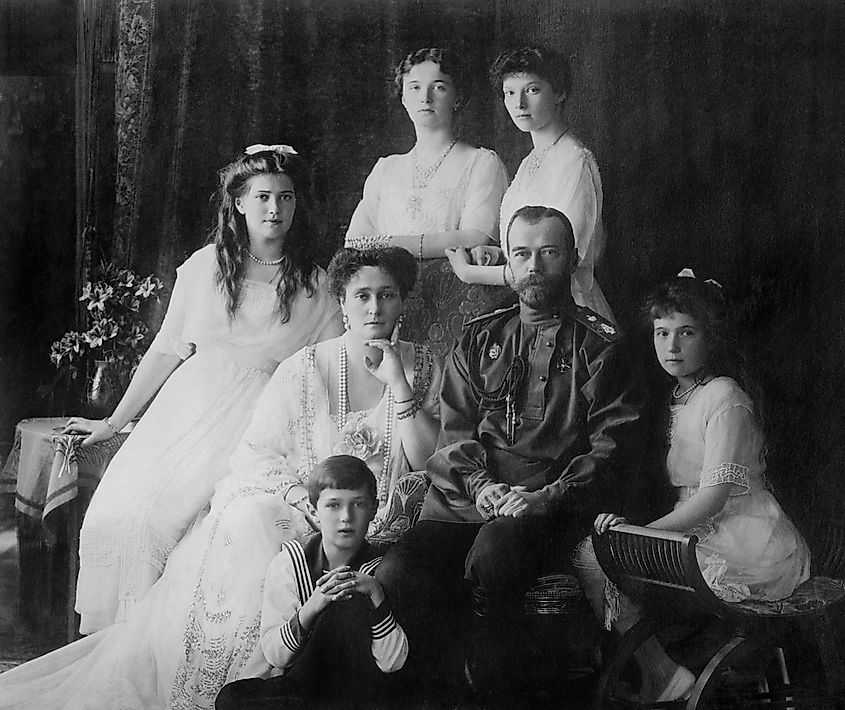
In 1917 the Russian monarchy was abolished, marking the beginning of the Russian Revolution. Tsar Nicholas II was forced to abdicate and imprisoned with his family. On July 17, 1918, the entire Romanov family was slaughtered by the Bolsheviks in a bid to eliminate their bloodline. The bodies were buried in unmarked graves, where they remained hidden until their discovery in 1979. In the aftermath of the slaughter, rumors surfaced that some Romanovs had survived. Most famously, Anna Anderson came forward in 1920 claiming to be Princess Anastasia. She pursued a lawsuit for her royal inheritance, but ultimately lost the case. By 2009 DNA tests had identified all the Romanov family members, confirming that none had escaped execution and that Anderson was a fake.
The idea that Anastasia survived the execution of her family was so widespread that it inspired musicals and films, including the 1997 animated film.
Charles Ponzi Postal Scheme
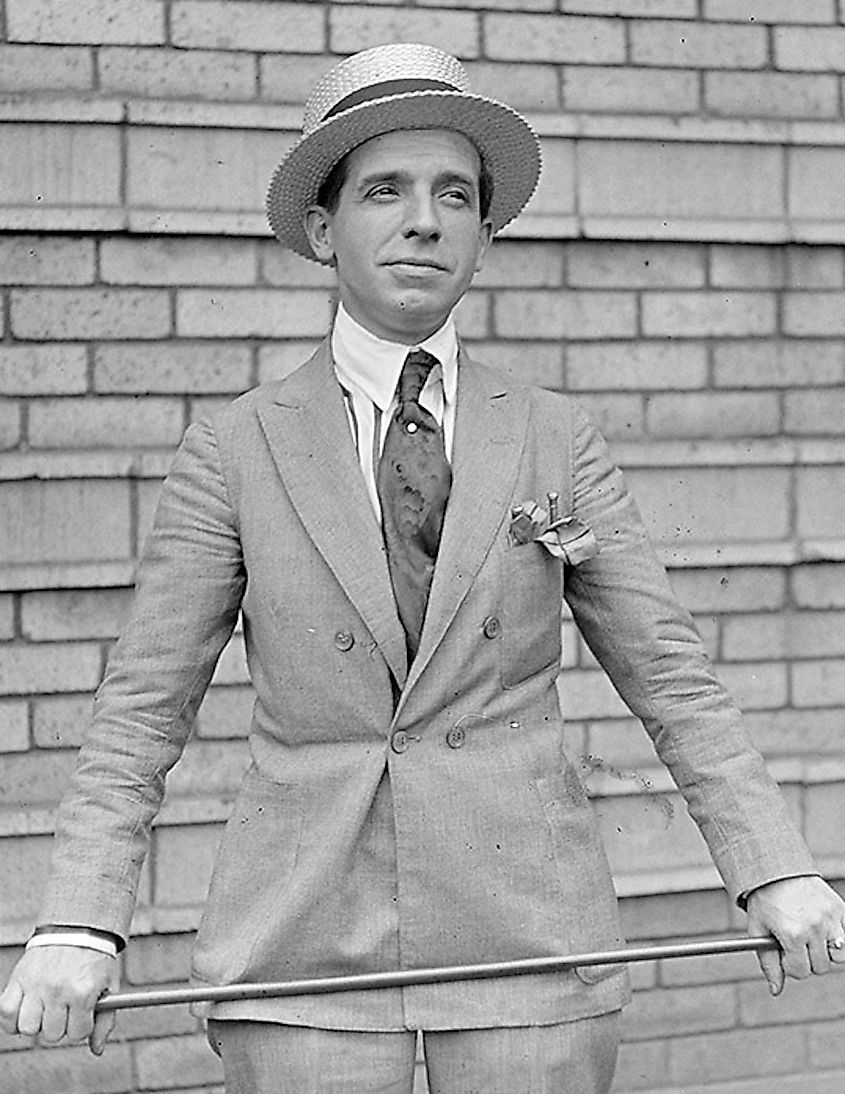
There are many examples of the Ponzi scheme in use throughout history, but it was made famous by the American investor broker Charles Ponzi. Between 1918 and 1920 Charles operated a postage stamp speculation scheme, buying international reply coupons from other countries, and exchanging them in the US for postal stamps with a higher value, allegedly earning him a profit of more than 400 %. He also drew investors into his scheme, promising them a fifty percent return in 45 days, or 100 % in ninety days. Rather than paying from his own pocket, Charles used the money of other investors to pay out these returns. His scheme earned him as much as $250,000 a day.
In 1920 The Boston Post investigated Charles’ returns, which scared away investors and ultimately led to his arrest and imprisonment for mail fraud. While his lies had made him a wealthy man, he ultimately died a pauper in 1949.
No Famine In Ukraine
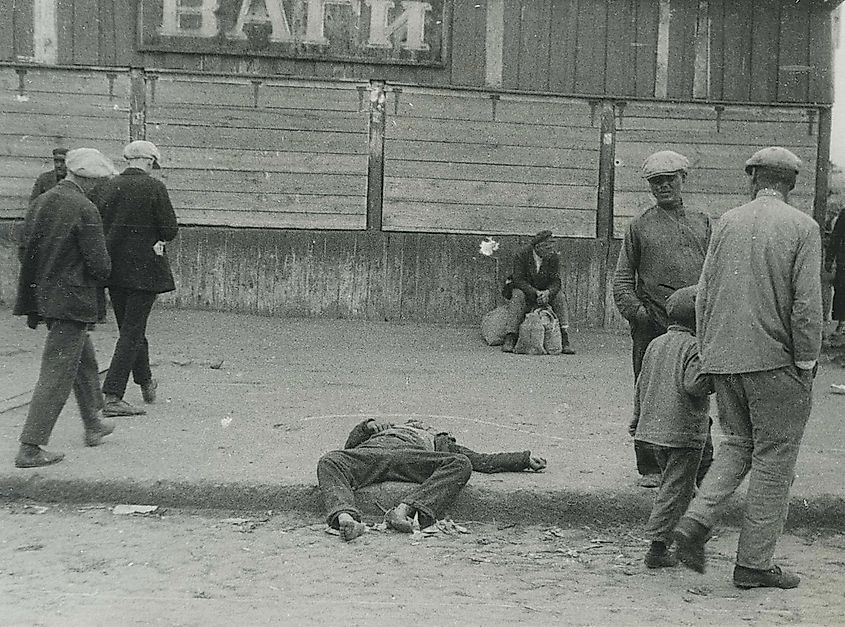
Between 1932 and 1934 at least 3.9 million Ukrainians died as a result of the man-made famine that struck Ukraine in 1932 and 1933, orchestrated by the Soviet government. The Soviets actively covered up the famine, banning any government officials from talking or writing about the event, and censoring journalists. Stalin went as far as to disguise the 1937 census results to hide the death toll in Ukraine.
New York Times reporter and Moscow correspondent Walter Duranty aided in the cover-up denying Welsh journalist Gareth Jones’ press conference exposing the famine. In contradiction to Jones, Duranty wrote "There is no actual starvation or deaths from starvation but there is widespread mortality from diseases due to malnutrition." He later backed up this position, stating "Any report of a famine in Russia is today an exaggeration or malignant propaganda." As the more widely known and credible journalist, Duranty had the last say on the matter, and his headline “Russians Hungry But not Starving” was accepted as the truth. It would be some decades before the reality of the famine was truly exposed to the world.
Hitler Gave His Word That He Wouldn’t Start A War In Europe
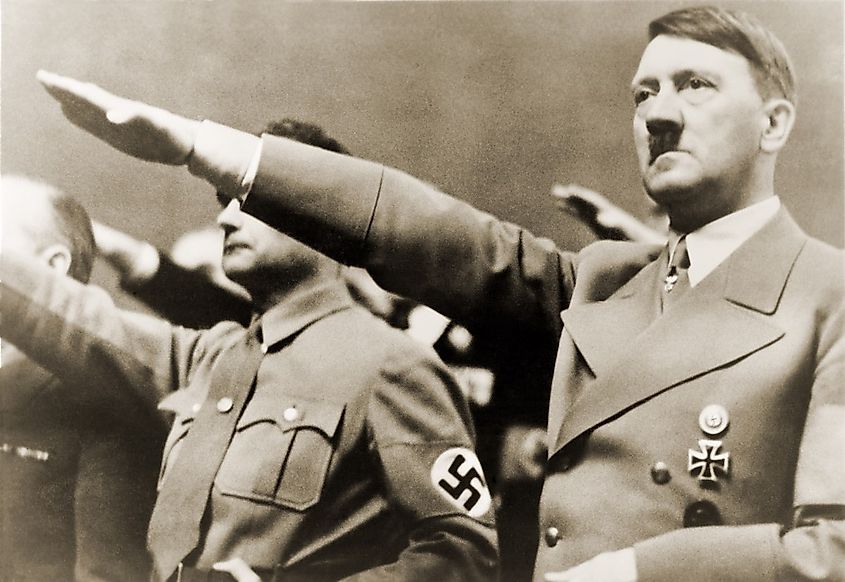
Neville Chamberlain, British Prime Minister, and Adolf Hitler met twice to discuss the conflict in Czechoslovakia involving the Sudeten Germans. In an apparent response to the violent police action against Sudeten German protestors, Hitler threatened to invade Czechoslovakia, playing into his ultimate goal to unite all Germans into a single nation.
Chamberlain sought to avoid war, and came to an agreement with Édouard Daladier, the French Prime Minister, that the only peaceful solution was the transfer of the Sudeten territory to Germany. In 1938, Chamberlain met with Hitler to discuss this solution. Hitler gave his word that he would not start a war if the Sudeten lands were turned over to Germany. The Munich Agreement was signed on September 30, 1938, assuring “peace for our time.” However, behind the scenes, Hitler continued to prepare his forces for an invasion. The next year annexed the rest of Czechoslovakia and invaded Poland, sparking the Second World War.
Nazi Propaganda
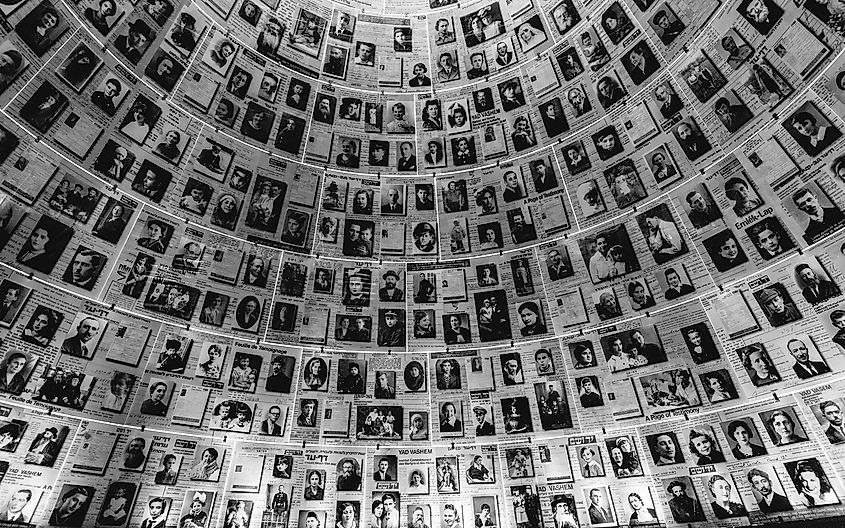
In the 1930s Hitler launched a massive anti-Semitic propaganda campaign, “the big lie.” To help achieve his goal of eliminating Jewish people entirely, Hitler utilized the propaganda machine to convince Germans that Jews were the enemy, the source of Germany’s troubles. The campaign utilized the press, art, books, films, theatre, radio, music, and educational materials to encourage discrimination against Jews, and to promote the idea that by taking action against Jews the Nazi government was “restoring order.” The ultimate result was the genocide of around 6 million Jews.
The Ultra Campaign
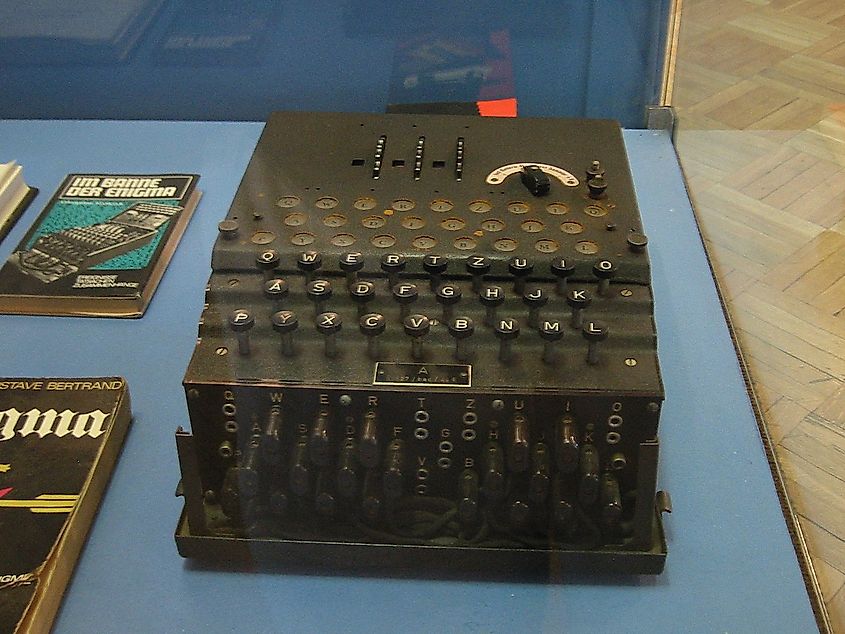
During the Second World War an Allied signals intelligence project, the “Ultra campaign,” was developed to combat encrypted communications of the German, Italian, and Japanese forces. Codebreakers working at Bletchley Park, developed the Enigma and the Tunny machines to crack the encrypted messages.
While the story is now widely known, popularized in movies such as The Imitation Game (2014), at the time it was vital to the Allies’ success to keep their code-breaking secret. They used the information they gained strategically, and disguised the source of their intelligence by inventing a fictional M16 spy, Boniface, with fictional agents throughout Germany. The deception allowed the British intelligence to intercept coded messages from 1940 through to the remainder of the war, and has been credited with hastening Allied victory.
The Chernobyl Disaster Is Under Control

In the wake of the explosion that destroyed reactor No. 4 at the Chernobyl nuclear power plant, on April 26, 1986, 36 hours passed before the government informed local residents and official evacuations began. Told that the evacuation would be temporary, residents took only what they could carry, not knowing they would never return. The Soviet Union kept the rest of the world in the dark until Swedish air monitors detected the dangerously high levels of radiation in the atmosphere on April 28. While the Soviets admitted to the accident, they claimed that they had things under control, even as radiation levels continued to rise uncontrolled.
Ultimately the explosion contaminated over 50,000 square miles in Ukraine, Belarus, and Russia. To date, the World Health Organization attributes 5000 cancer deaths to the Chernobyl disaster, but the exact number affected is unknown. The area remains uninhabitable for humans.
Andrei Gromyko Lied About Missiles In Cuba
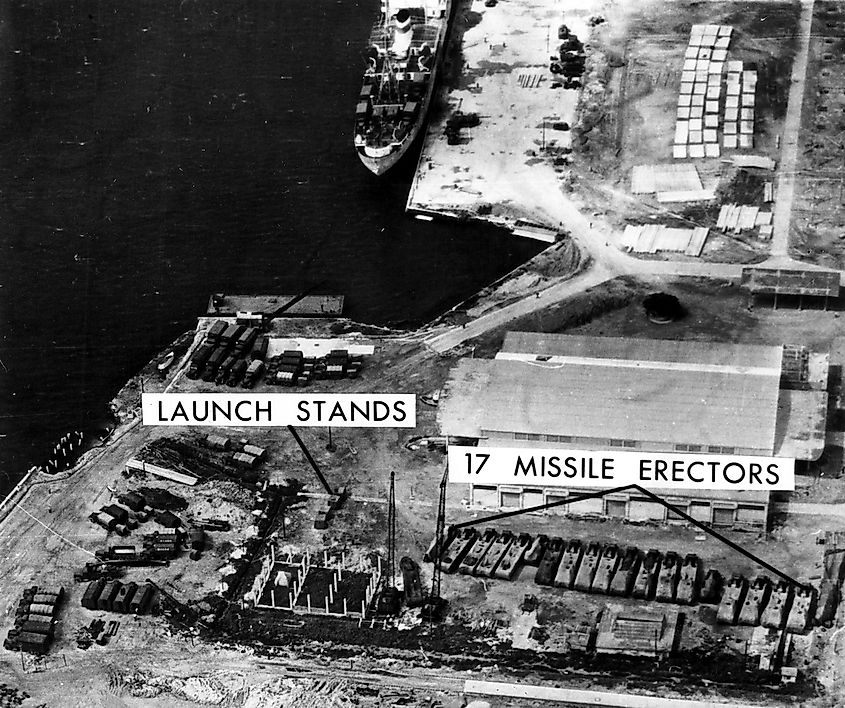
The Cuban Missile Crisis was a defining moment of the Cold War. In the 1960s the Soviet Union actively disguised and denied their shipments of nuclear-armed missiles to Cuba. Andrei Gromyko, Soviet Minister of Foreign Affairs, delivered a speech to the UN General Assembly on September 21, 1962, denying US reports that the Soviets were providing Cuba with ballistic missiles. Gromyko stated that “any sober-minded man knows that Cuba is not...building up her forces to such a degree that she can pose a threat to the United States or...to any state of the Western Hemisphere.” This statement was echoed the following month by Ambassador Zorin, Soviet Representative, who also declared “that the Soviet Government has not directed and is not directing to Cuba any offensive armaments.”
American intelligence obtained through a U-2 spy plane proved these statements unequivocally false, nearly igniting nuclear conflict between the US and the Soviet Union.
Saddam Hussein Has weapons Of Mass Destruction

On August 26, 2002, US Vice President Dick Cheney declared “There is no doubt that Saddam Hussein now has weapons of mass destruction. There is no doubt he is amassing them to use against our friends…and against us.” This statement would become a primary justification for the U.S. –led coalition to invade Iraq in 2003. US Secretary of State Colin Powell declared that in his speech to the UN Security Council on February 5, 2003, claimed that “Saddam Hussein possessed biological and chemical weapons of mass destruction.”
The claims that Hussein possessed weapons of mass destruction were later proved to be false, a product of fraudulent intelligence, and a lie repeated by members of the American administration with untold consequences.











